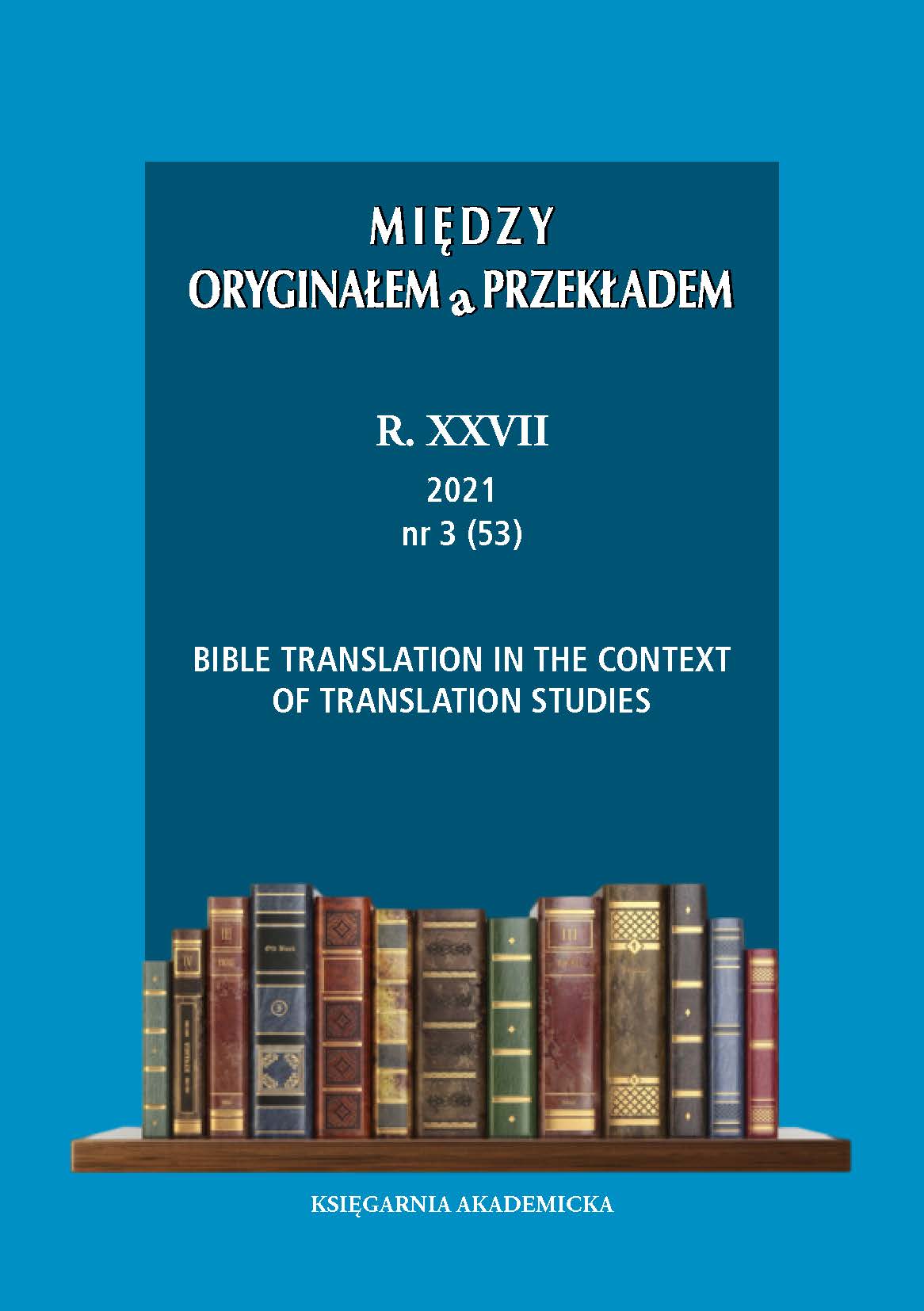Translating the Hebrew Psalms to be Sung: The 2010 Revised Grail Psalms, a Case Study
Translating the Hebrew Psalms to be Sung: The 2010 Revised Grail Psalms, a Case Study
Author(s): Danny FitzgeraldSubject(s): Language and Literature Studies, Theology and Religion, Translation Studies
Published by: KSIĘGARNIA AKADEMICKA Sp. z o.o.
Keywords: translation;psalms;psalter;textsetting;liturgy;
Summary/Abstract: This article explores the theme of “translating poetically organized discourse to be sung.” The 2010 English translation of the Hebrew Psalms, entitled The Revised Grail Psalms: A Liturgical Psalter (RGP), is presented as a case study. The Hebrew Psalms, for the most part, were composed to be sung, yet more often than not, they are translated to be read. Such translations are primarily characterized by the absence of poetic rhythm, despite the plain evidence and significance of poetic rhythm in the Hebrew. The RGP, on the other hand, privileges the rhythmic dimension of the Psalms. As a result, the RGP is said to be remarkably “adaptable to the exigencies of different musical settings,” and more importantly, eminently singable. Nonetheless, the challenges of translating and formalizing a text according to a given rhythmic principle are in practice formidable, for when translators set out to feature a lyric’s rhythmic dimension, its semantic, rhetorical, and syntactic art is often found lacking. This article examines some of the principal reasons the translators of the RGP chose to re-emphasize the Hebrew Psalms’ rhythmic art and, more importantly, how those translators negotiated some of the more problematic translation challenges that ensued from that choice.
Journal: Między Oryginałem a Przekładem
- Issue Year: 2021
- Issue No: 53
- Page Range: 31-54
- Page Count: 24
- Language: English

